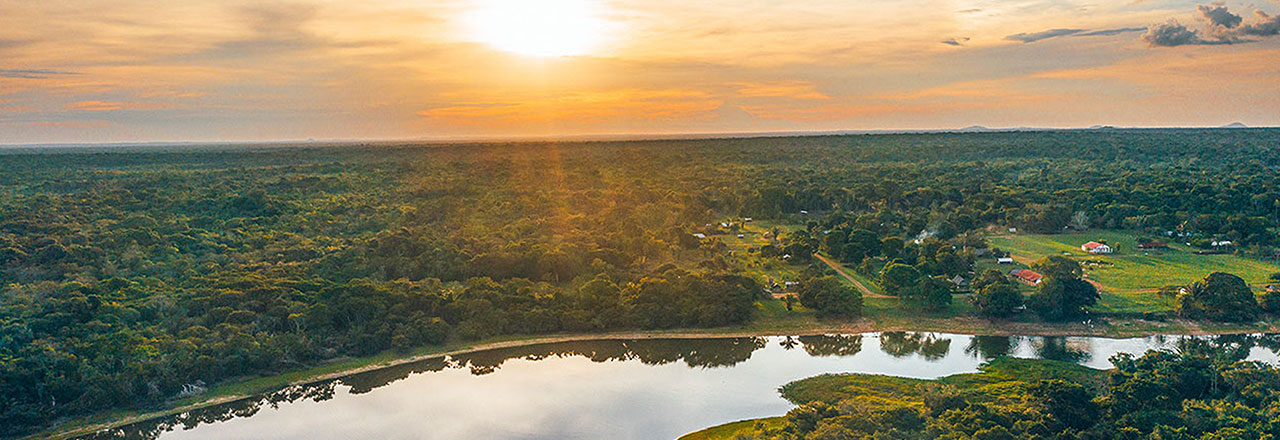

NOTICIAS
Bolivia is one of the most affected countries in the world by the consequences of climate change and the most vulnerable in South America The Bolivian Chiquitano forest, located in the department of Santa Cruz, is considered the largest dry forest in the world with a great ecological value. In recent years, the climate situation in this region has been aggravated not only by large-scale forest fires, but also by climatic risks such as extreme droughts, reduced precipitation, frost, and various problems such as deforestation, extensive cattle ranching, monocultures, and water pollution, that directly affect the watersheds. In addition, this area has a high forestry activity with increasing anthropic pressures due to changes in land use, the expansion of soybean monocultures and the use of watercourses to water reservoirs that limit the contribution to the wetlands. Currently, local communities replicate this type of cattle ranching and forestry activity productive models.
Given this trend, the Resilient Landscapes project promotes productive diversification to reduce these pressures within the Wetlands Management Strategy of the Plurinational State of Bolivia, implementing the Pilot Project "Conservation of wetlands through sustainable production practices, resilient communities and flow monitoring" under the ecosystem-based adaptation approach. Its objective is to conserve the wetlands of Bajo Paraguá through sustainable production practices that generate economy for families and implement a participatory monitoring system of the flow rates in the Alto Paraguá watershed.
Among the activities currently being implemented with the pilot project are:
- Promote sustainable productive practices that generate family economy.
- Productive diversification (agroforestry systems and fish farming with native species) to reduce pressure on the wetlands.
- Implementation of community forests and population census of native species with harvesting potential.
- Use of honey from native bees’ species.
- Revaluation and use of non-timber forest species.
- Implementation of a communal forest nursery.
- Participatory monitoring of water levels, tributaries of the Alto Paraguá wetland, flood zones, rainfall and temperature.
- Infiltration ditches, water sowing, flow control and riverbank protection.
- Recovery of upon local knowledge.
Some of the benefits expected to be achieved with the implementation of the pilot project are:
- Generation of income for indigenous communities through sustainable productive practices that on the one hand, minimizes migration into cities and on the other hand provide adaptive, mitigation and conservation benefits.
- Diversified and optimized agricultural production, avoiding the advance of deforestation and soil depletion by monocultures.
- Production systems with greater resilience to the effects of extreme events and climate change.
- Microclimatic regulation, greater water retention and infiltration, improving soil structure and fertility and recharging aquifers.
- Wetland conservation, maintenance of the hydrological cycle, income diversification, microclimate regulation, buffering of extreme temperature, biodiversity conservation, reduced deforestation, reduced carbon emissions.
Let's conserve wetlands, source of life and biodiversity!

